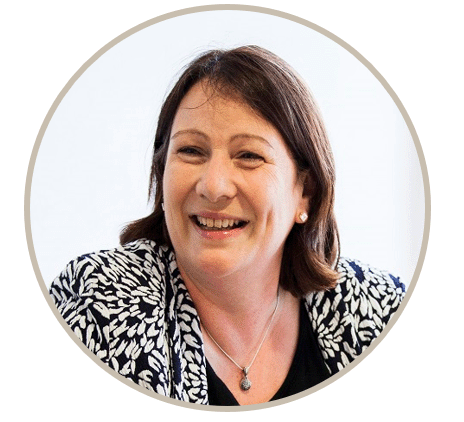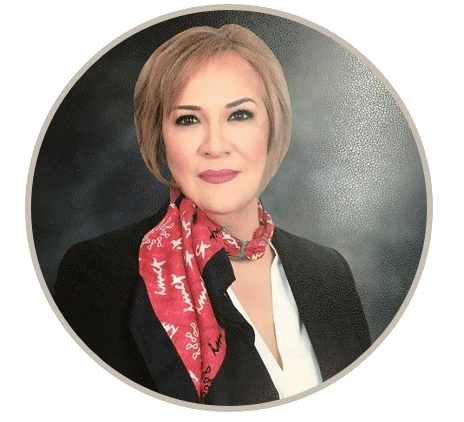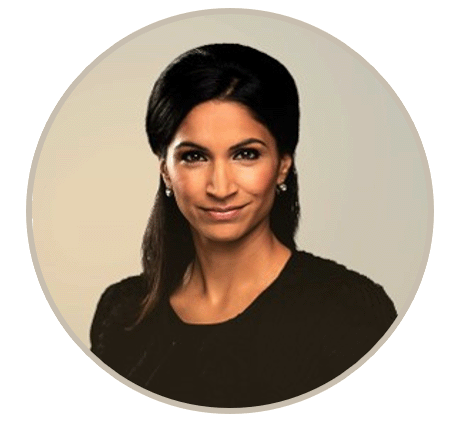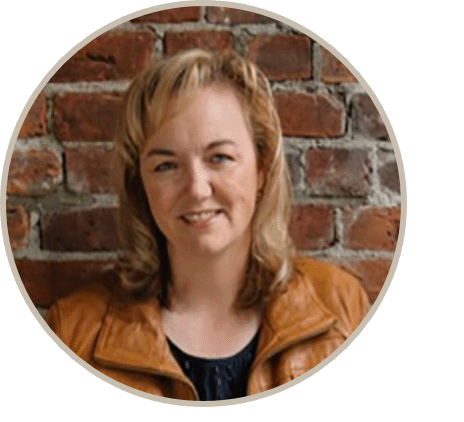-
Financial statements audits
Financial statement audits
-
Compliance audits
Compliance audits
-
Compilations and reviews
Compilations and audit
-
Agreed-upon procedures
Agreed-upon procedures
-
Corporate and business tax
Our trusted teams can prepare corporate tax files and ruling requests, support you with deferrals, accounting procedures and legitimate tax benefits.
-
International tax
Our teams have in-depth knowledge of the relationship between domestic and international tax laws.
-
Tax compliance
Business Tax
-
Individual taxes
Individual taxes
-
Estate and succession planning
Estate and succession planning
-
Global mobility services
Through our global organisation of member firms, we support both companies and individuals, providing insightful solutions to minimise the tax burden for both parties.
-
Sales and use tax and indirect taxes
SUT/ VAT & indirect taxes
-
Tax incentives program
Tax incentives program
-
Transfer Pricing Study
The laws surrounding transfer pricing are becoming ever more complex, as tax affairs of multinational companies are facing scrutiny from media, regulators and the public
-
Business consulting
Our business consulting services can help you improve your operational performance and productivity, adding value throughout your growth life cycle.
-
Forensic and investigative services
At Grant Thornton, we have a wealth of knowledge in forensic services and can support you with issues such as dispute resolution, fraud and insurance claims.
-
Fraud and investigations
The commercial landscape is changing fast. An ever more regulated environment means organizations today must adopt stringent governance and compliance processes. As business has become global, organizations need to adapt to deal with multi-jurisdictional investigations, litigation, and dispute resolution, address the threat of cyber-attack and at the same time protect the organization’s value.
-
Dispute resolutions
Our independent experts are experienced in advising on civil and criminal matters involving contract breaches, partnership disputes, auditor negligence, shareholder disputes and company valuations, disputes for corporates, the public sector and individuals. We act in all forms of dispute resolution, including litigation, arbitration, and mediation.
-
Business risk services
We can help you identify, understand and manage potential risks to safeguard your business and comply with regulatory requirements.
-
Internal audit
We work with our clients to assess their corporate level risk, identify areas of greatest risk and develop appropriate work plans and audit programs to mitigate these risks.
-
Service organization reports
As a service organization, you know how important it is to produce a report for your customers and their auditors that instills confidence and enhances their trust in your services. Grant Thornton Advisory professionals can help you determine which report(s) will satisfy your customers’ needs and provide relevant information to your customers and customers’ auditors that will be a business benefit to you.
-
Transaction advisory services
Transactions are significant events in the life of a business – a successful deal that can have a lasting impact on the future shape of the organizations involved. Because the stakes are high for both buyers and sellers, experience, determination and pragmatism are required to bring deals safely through to conclusion.
-
Mergers and acquisitions
Globalization and company growth ambitions are driving an increase in M&A activity worldwide as businesses look to establish a footprint in countries beyond their own. Even within their own regions, many businesses feel the pressure to acquire in order to establish a strategic presence in new markets, such as those being created by rapid technological innovation.
-
Valuations
We can support you throughout the transaction process – helping achieve the best possible outcome at the point of the transaction and in the longer term.
-
Recovery and reorganization
We provide a wide range of services to recovery and reorganisation professionals, companies and their stakeholders.
 Nicole Bradley, national managing partner - tax at Grant Thornton Australia, speaks openly about her personal journey to leadership, and the hurdles she had to overcome.
Nicole Bradley, national managing partner - tax at Grant Thornton Australia, speaks openly about her personal journey to leadership, and the hurdles she had to overcome.
| In your career progression to senior partner, do you feel that you faced barriers in gaining promotion? If so, what were they? |
|
I do feel that I faced barriers. Unfortunately, in a lot of ways, I think I put some of them there myself. I feel that I absolutely fit the common paradigm of not having enough self-belief. I did not push for the next promotion; I waited to be recognised. With hindsight, I now understand that this has meant that there were points in my career that males who were, at times, less capable then me were promoted before me because they pursued the promotion. I have never been comfortable acting as my own advocate. I think a large contributing factor to this lack of confidence was a lack of role models. I worked for a few women partners during my career but none had children. Even when I was just starting out in my career, this did not resonate with my goals around relationships and family. I was the first women partner in my office and it would have felt like a big risk for the existing partners to support me in my bid for partnership, and an even bigger risk for those who personally sponsored me. Even today as one of the more senior partners in the practice, I still feel I face barriers. There are assumptions made about me that I feel would not be made of my male counterparts. |
| Do you think women face gender-specific barriers to reaching senior management positions? |
|
Just look at the numbers. I actually don’t believe this point is debatable. There is also extensive research that has been conducted regarding gender-based biases in the workplace. Many organisations that are addressing these barriers are having significant transformation in their businesses. But it is not easy and it takes a significant amount of time and effort to create change. |
| How do you think organisations can help to remove barriers to women’s promotion? |
|
If there were one silver bullet to assist women and remove barriers, then there would be much better diversity today. I don’t believe the lack of progress in many organisations is due to a lack of desire or recognition of the priorities. The problem is that it is hard. Along with the development of a long-term strategy around diversity, you need really committed senior leaders and middle management to ensure the barriers are removed on a daily basis. And when the barriers are often hidden and missed by even the most trained eye, the problem is hard to recognise and even harder to address. This is often where organisations can be derailed. Included in an organisation’s strategy around diversity and inclusion needs to be systems to support a change in behaviour and a cultural alignment. These two areas take a deep dive into your current processes and long-term commitment to drive the change. |
| What are the most successful actions taken within the Australian firm to help women progress in the company? |
|
There are several things that have been done to progress women’s advancement in the partnership. First and foremost diversity and inclusion has been led from the highest level within the organisation including the board, CEO and senior leadership team. The partnership has educated the leaders and built the business case for diversity. We have empowered our diversity committees to create an inclusive environment by celebrating diversity. But I think the biggest accelerator in growth of gender diversity in our partnership has been in our talent identification. Annually, we perform a talent mapping process which identifies the talent with the highest potential which leads to discussion about how we retain that talent, what attributes they may need to develop to get to partnership, and how those individuals may need to be supported differently. It also can help to identify where parts of our business may have unconscious bias in their identification of high potential talent. This can act as a powerful circuit breaker in some key decision points in our business. But still the progress is slower than we would like and at times inconsistent throughout the business. |
Read our Women in business report Return to Champions home page

















